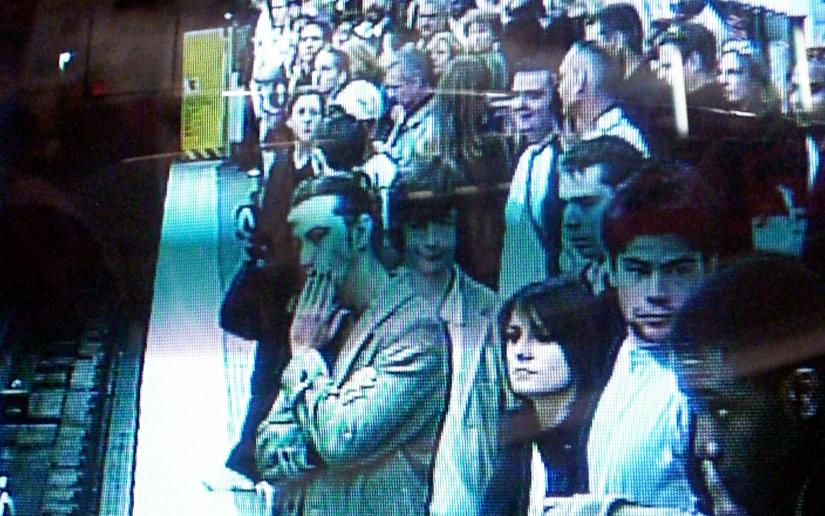A new psychological study has shown that when people know they are under surveillance it generates an automatic response of heightened awareness of being watched, with implications for public mental health.

Picture by marcokalmann on Flickr, CC BY-NC-ND 2.0
In a paper published in the journal Neuroscience of Consciousness psychology researchers from the University of Technology Sydney (UTS) worked with 54 participants to examine the effects of surveillance on an essential function of human sensory perception – the ability to detect another person’s gaze.
Lead author, Associate Professor of neuroscience and behaviour Kiley Seymour, said previous research has established the effects on conscious behaviour when people know they are being watched, but the new study provided the first direct evidence that being watched also has an involuntary response.
“We know CCTV changes our behaviour, and that’s the main driver for retailers and others wanting to deploy such technology to prevent unwanted behaviour,” Associate Professor Seymour said.
“However, we show it’s not only overt behaviour that changes – our brain changes the way it processes information.
“We found direct evidence that being conspicuously monitored via CCTV markedly impacts a hardwired and involuntary function of human sensory perception – the ability to consciously detect a face.
“It’s a mechanism that evolved for us to detect other agents and potential threats in our environment, such as predators and other humans, and it seems to be enhanced when we’re being watched on CCTV.
We had a surprising yet unsettling finding that despite participants reporting little concern or preoccupation with being monitored, its effects on basic social processing were marked, highly significant and imperceptible to the participants
Associate Professor Kiley Seymour
“Our surveilled participants became hyper aware of face stimuli almost a second faster than the control group. This perceptual enhancement also occurred without participants realising it.”
Associate Professor Seymour said that given the increasing level of surveillance in society and the ongoing debates around privacy reform, the study’s findings suggested the need for closer examination of the effects of surveillance on mental processes and on public health more broadly.
“We had a surprising yet unsettling finding that despite participants reporting little concern or preoccupation with being monitored, its effects on basic social processing were marked, highly significant and imperceptible to the participants.
“The ability to rapidly detect faces is of critical importance to human social interactions. Information conveyed in faces, such as gaze direction, enables us to construct models of other people’s minds and to use this information to predict behaviour.
“We see hyper-sensitivity to eye gaze in mental health conditions like psychosis and social anxiety disorder where individuals hold irrational beliefs or preoccupations with the idea of being watched.
“Whilst this investigation was specifically focussed on unconscious social processes, future investigations should explore effects on the limbic system more broadly, which would have more general implications for public mental health and the importance of privacy.”
The paper “Big brother: the effects of surveillance on fundamental aspects of social vision” by Kiley Seymour, Roger Koenig-Robert and Jarrod McNicoll is published in the journal Neuroscience of Consciousness.

